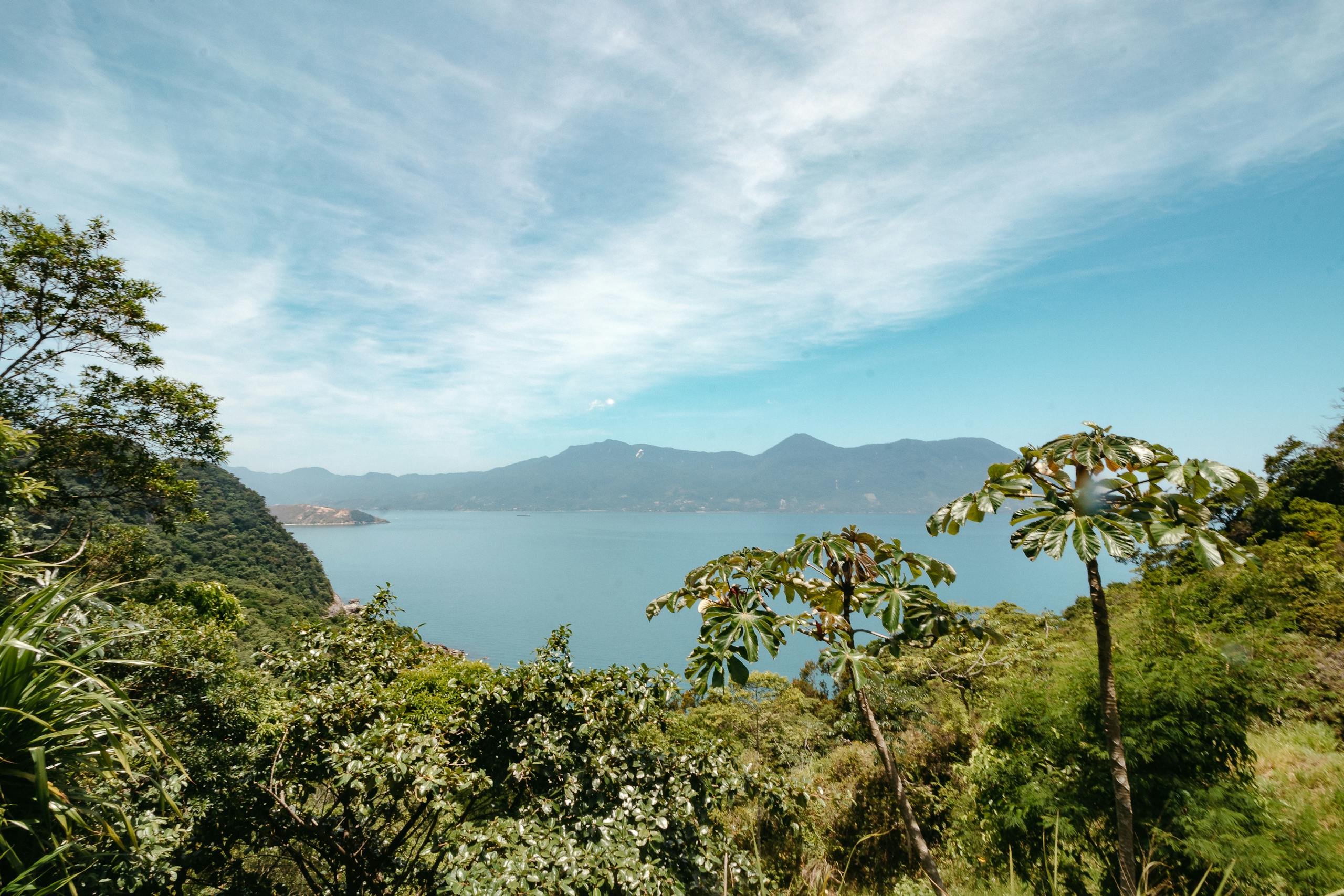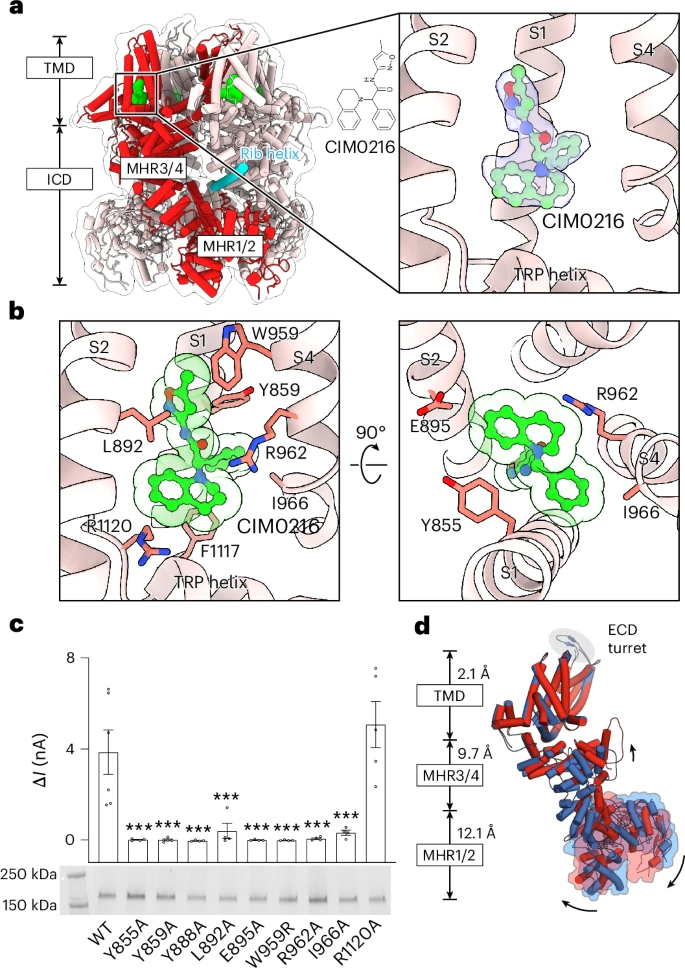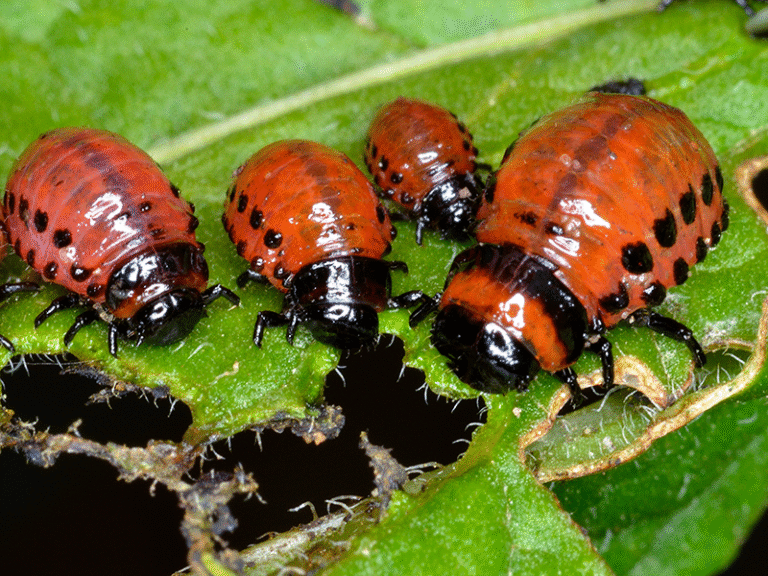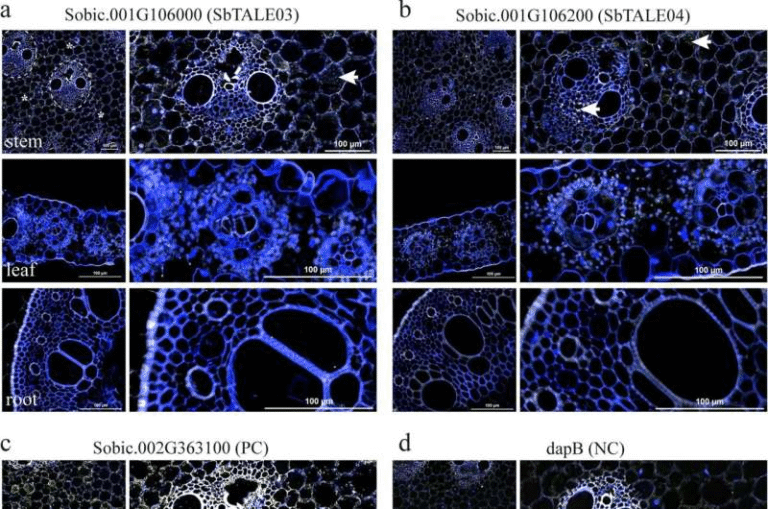AI Framework Predicts Invasive Plant Species Before They Arrive

In a world that’s more connected than ever, the movement of plant species across continents has become a common occurrence. Some of these plants adapt harmlessly to new environments—but others turn into serious ecological problems. These aggressive newcomers, known as invasive species, can disrupt food chains, outcompete native vegetation, and alter the balance of entire ecosystems.
To tackle this growing challenge, a group of researchers from the University of Connecticut (UConn) has developed an AI-driven framework that can predict which plant species are likely to become invasive before they reach new territories. Their study, published in the Journal of Applied Ecology, outlines how this new machine learning approach could transform biosecurity and environmental protection worldwide.
The Team Behind the Breakthrough
The research is a collaboration between Julissa Rojas-Sandoval, an assistant professor in Geography, Sustainability, Urban, and Community Studies; Daniel Anglés-Alcázar, an associate professor of Physics; and Michael Willig, a professor of Ecology and Evolutionary Biology. Each brought a unique perspective: ecology, astrophysics, and data modeling.
Interestingly, the idea began when Rojas-Sandoval noticed parallels between machine learning methods used in astrophysics (like those that classify galaxies) and the potential to apply similar algorithms in ecology. With support from her colleagues, the team adapted astrophysical data classification techniques to ecological datasets—essentially teaching AI to recognize the traits of invasive plants instead of distant stars.
Why Invasive Species Are Such a Problem
Invasive species are one of the leading causes of biodiversity loss worldwide. Once introduced, they can spread rapidly, choking out native flora, altering soil chemistry, or transforming habitats.
For example, plants like kudzu in the southeastern United States or Lantana camara in tropical regions have caused enormous ecological and economic damage. Traditional risk assessment systems, while useful, often come into play only after a species has already arrived and established itself. By that point, removal can be extremely difficult and costly.
That’s where predictive tools like AI can make a difference—by flagging high-risk species early, before they take root in a new ecosystem.
How the AI Framework Works
The UConn researchers used decades of ecological data and combined it with machine learning algorithms to predict the probability that a plant species will become invasive in a new region.
They used three main datasets for training the model:
- Biological and ecological traits – including reproduction methods, growth forms, and the number of generations per growing season.
- Invasion history – tracking whether and where a species has previously become invasive or caused ecological harm.
- Habitat preferences – identifying the types of environments a species can thrive in.
These datasets were used to train several types of machine learning models, including random forests, gradient boosting, neural networks, support vector machines, and other algorithms. Each model was evaluated for accuracy and reliability.
The researchers focused their initial study on 15 Caribbean islands, analyzing over 1,000 non-native plant species. They divided these into two main categories:
- Invaders – species that had already become invasive (176 plants)
- Non-invaders – species that were introduced but hadn’t caused ecological problems (856 plants)
By learning from these examples, the AI system could spot patterns and predict which plants have a high probability of invasion in new areas.
What the AI Discovered
The models achieved over 90% accuracy in predicting whether a plant would become invasive. The analysis revealed some clear trends:
- Invasion history is the strongest predictor. If a species has been invasive in multiple regions before, it’s highly likely to be invasive elsewhere.
- Reproductive plasticity—the ability to reproduce by seeds, cuttings, or other methods—gives plants a major advantage.
- Fast life cycles also increase risk. Plants that can produce several generations in one growing season can establish themselves faster.
- Habitat adaptability—species that tolerate diverse environments or climatic conditions—are more prone to spread.
The AI framework also tested its predictions on 168 plant species that haven’t yet arrived in the Caribbean but are known invaders in other parts of the world. The results provided a ranking of risk levels for these species, giving conservationists and biosecurity authorities valuable insights for preemptive action.
How This Improves Traditional Assessments
Traditional risk assessments depend on experts filling out long questionnaires and reviewing published data on a species. While effective, this method is subjective and slow, and it can’t always keep pace with the rapid rate of species movement through trade and travel.
The new AI framework complements these older systems. It’s data-driven, consistent, and capable of evaluating thousands of species at once. By combining expert knowledge with machine learning insights, authorities can prioritize inspections and restrictions more efficiently.
Rojas-Sandoval emphasizes that the goal isn’t to replace experts but to enhance their tools—reducing bias, increasing objectivity, and improving prediction power.
Why the Caribbean Was Chosen
The Caribbean is a hotspot for biodiversity but also highly vulnerable to biological invasions due to its heavy dependence on trade and tourism. Many islands have already experienced devastating plant invasions that threaten native ecosystems and agriculture.
Using data from this region allowed the researchers to test the AI under real-world ecological complexity—small islands with unique plant communities, varying climates, and frequent species introductions. The model performed impressively, suggesting strong potential for adaptation to other parts of the world.
Challenges and Limitations
Despite the success, the researchers acknowledge that the model has limitations:
- It’s currently region-specific. The Caribbean model may not perform equally well in other regions unless retrained with local data.
- Data quality is crucial. Machine learning depends on detailed, accurate datasets—something many countries still lack for native and introduced species.
- Ecological invasions are influenced by local factors like soil, weather patterns, human activities, and random chance, which can’t always be captured in a model.
- There’s an ongoing need for fieldwork to gather new biological and ecological data for refining predictions.
The team plans to collaborate with international researchers to train new models for other regions, testing whether general invasion patterns hold across continents.
Why This Matters for the Future
Biological invasions are not just an environmental issue—they’re also an economic and agricultural concern. Invasive plants cost billions globally in crop loss, water management, and ecosystem restoration. AI-powered risk assessment could become a critical tool for governments and conservation agencies, helping them:
- Identify high-risk species before import approval.
- Strengthen quarantine and inspection procedures.
- Focus monitoring on species most likely to invade.
- Reduce the long-term costs of control and eradication.
By integrating this framework with existing biosecurity systems, countries can move toward a proactive model of ecological protection rather than constantly playing catch-up.
Looking Ahead
The researchers believe that while predicting invasions on a global scale might be challenging due to the complexity of ecosystems, general patterns will likely emerge as more data becomes available.
The next phase of their work includes building a larger open-access dataset and encouraging other scientists to replicate the framework in different ecological regions. If successful, this could mark a turning point in how we manage invasive species worldwide.
It’s an excellent example of how AI and ecology can intersect, using data not just for technology’s sake, but to preserve the delicate balance of our natural world.
Research Reference:
Machine learning for biosecurity: A probabilistic framework for invasive species management – Journal of Applied Ecology (2025)





